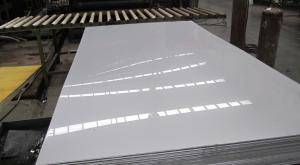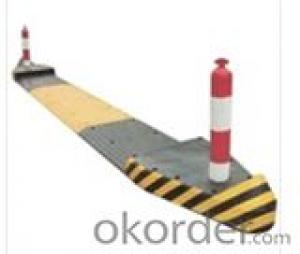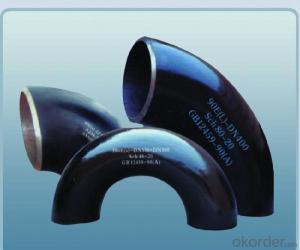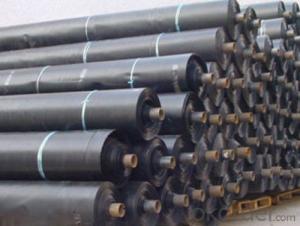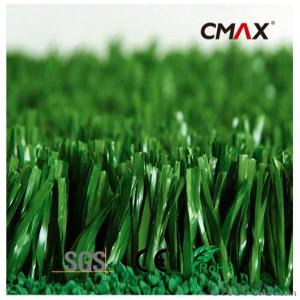Stainless Steel Island Top
Stainless Steel Island Top Related Searches
Best Paint For Stainless Steel Blanket Insulation For Steel Buildings Primer For Galvanized Steel Foam Filter For Stainless Steel H S Code For Stainless Steel Surface Grinding Wheels For Stainless Steel Surface Grinding Wheels For Hardened Steel Hole Saw For Stainless Steel Paint For Stainless Steel Stainless Steel For BbqHot Searches
Steel Mesh Panels For Sale Price For Stainless Steel Scrap Scrap Price For Stainless Steel Price For Stainless Steel Stainless Steel Tank For Sale Stainless Steel Sheets For Sale Cheap High Tea Sets For Sale Stainless Steel Tanks For Sale Stainless Steel For Sale High Density Fiberboard For Sale Solar Hot Water Collectors For Sale Scaffolding For Sale In Uae Scaffolding For Sale In Ireland Scaffolding For Sale In Houston Type Of Inverter For Solar Price Of Shipping Containers For Sale Types Of Inverter For Solar Stock Price For Aluminum Used Solar Inverter For Sale Steel Mesh Panels For SaleStainless Steel Island Top Supplier & Manufacturer from China
Okorder.com is a professional Stainless Steel Island Top supplier & manufacturer, offers integrated one-stop services including real-time quoting and online cargo tracking. We are funded by CNBM Group, a Fortune 500 enterprise and the largest Stainless Steel Island Top firm in China.Hot Products
FAQ
- There are several different types of stainless steel sheet patterns available, including plain, diamond, quilted, and hammered. Plain patterns have a smooth, flat surface, while diamond patterns feature raised diamond-shaped ridges. Quilted patterns have a decorative quilt-like design, and hammered patterns have a textured, hammered appearance. These various patterns offer different aesthetic options for stainless steel sheets.
- Yes, stainless steel sheets are highly suitable for food processing and storage. Stainless steel is a popular choice in the food industry due to its numerous benefits. Firstly, stainless steel is a non-reactive material, meaning it does not release any harmful chemicals or flavors into the food. This makes it safe for storing and processing various types of food, including acidic and alkaline ingredients. Stainless steel is also resistant to corrosion and rust, ensuring the hygiene and longevity of the food products. Moreover, stainless steel has excellent heat resistance, allowing it to withstand high temperatures during cooking and processing without warping or deforming. It also has a smooth and non-porous surface, which makes it easy to clean and maintain. This is particularly important in food processing facilities where maintaining cleanliness and hygiene is crucial. Additionally, stainless steel is a durable material that can withstand heavy usage and frequent cleaning. It is resistant to impact, staining, and scratching, making it ideal for food processing equipment and storage containers that are subject to regular wear and tear. Overall, stainless steel sheets are highly suitable for food processing and storage due to their non-reactive nature, corrosion resistance, heat resistance, easy maintenance, and durability. They provide a safe and hygienic environment for food processing, ensuring the quality and integrity of the food products.
- To prevent intergranular corrosion in stainless steel sheets, several methods can be employed. First, the selection of the appropriate stainless steel grade is essential. Grades with a low carbon content, such as 304L or 316L, are less susceptible to intergranular corrosion compared to higher carbon grades. This is due to their ability to minimize the formation of chromium carbide precipitates, which are the main cause of intergranular corrosion. Another method is heat treatment. Processes like solution annealing and quenching can help eliminate or reduce the formation of chromium carbide precipitates. By dissolving existing precipitates and promoting the formation of a protective chromium oxide layer on the surface, the corrosion resistance of the stainless steel is restored. Careful attention must also be given to welding techniques when working with stainless steel sheets. Processes like gas tungsten arc welding (GTAW) or laser welding, which provide precise control over heat input, are preferred. It is also advisable to use low carbon filler metals or consumables specifically designed for intergranular corrosion resistance to minimize the risk of corrosion. After welding, thorough cleaning of the welded area is crucial to remove any contaminants or oxide scales that could promote corrosion. Acid cleaning followed by passivation helps restore the protective oxide layer and enhances the stainless steel's resistance to intergranular corrosion. Lastly, it is important to avoid sensitization, which occurs when stainless steel is exposed to high temperatures for extended periods. Prolonged exposure to temperatures between 450-850°C (842-1562°F) during fabrication or service should be avoided to prevent sensitization and subsequent intergranular corrosion. By implementing these preventive measures, intergranular corrosion in stainless steel sheets can be effectively minimized, ensuring the longevity and performance of the material in various applications.
- Yes, stainless steel sheets can be used for air conditioning systems. Stainless steel is a popular material choice for various components in air conditioning systems due to its durability, resistance to corrosion, and high strength. It is commonly used for air conditioning ducts, air handling units, heat exchangers, and other parts that come into contact with air or moisture. The stainless steel sheets used in air conditioning systems are typically of a specific grade that is suitable for the intended application, ensuring optimal performance and longevity. Overall, stainless steel sheets are a reliable and efficient choice for air conditioning systems.
- There are several different types of punched finishes available for stainless steel sheets, each offering unique characteristics and benefits. Some of the most common punched finishes include: 1. Round Hole: This is the most basic and widely used punched finish. It features evenly spaced round holes that provide good airflow and visibility. It is commonly used in applications such as ventilation systems, decorative panels, and filters. 2. Square Hole: Similar to round hole punched finish, square hole punched finish offers a clean and modern look. It is often preferred when a more geometric pattern is desired. Square hole punched sheets are commonly used in architectural applications, screens, and fencing. 3. Slotted Hole: Slotted hole punched finish is characterized by elongated holes that provide larger openings for increased visibility or improved drainage. It is commonly used in applications such as grilles, sunshades, and safety barriers. 4. Hexagonal Hole: Hexagonal hole punched finish features hexagon-shaped holes that offer a unique and aesthetically pleasing pattern. It is commonly used in decorative applications, such as wall cladding, signage, and artistic installations. 5. Decorative Patterns: In addition to the standard punched finishes, there are various decorative patterns available for stainless steel sheets. These patterns can include custom designs, logos, or intricate shapes, adding a personalized touch to any project. The choice of punched finish depends on the specific requirements of the application, including aesthetics, functionality, and performance. It is important to consider factors such as hole size, open area percentage, strength, and corrosion resistance when selecting the appropriate punched finish for stainless steel sheets.
- Yes, stainless steel sheets are highly suitable for brewery equipment. Stainless steel is a preferred material in the brewing industry due to its many beneficial properties. Firstly, stainless steel is resistant to corrosion, making it ideal for equipment that comes into contact with liquids and chemicals used in the brewing process. This corrosion resistance helps maintain the quality and purity of the beer being brewed. Additionally, stainless steel is easy to clean and sanitize, which is crucial in maintaining hygiene standards in a brewery. It is non-porous, meaning it does not absorb or retain odors, flavors, or bacteria, ensuring the beer is not contaminated during production. Stainless steel also has a smooth surface, preventing the buildup of bacteria or other contaminants that could affect the quality of the beer. Furthermore, stainless steel is durable and long-lasting, able to withstand the demanding conditions of a brewery environment, including high temperatures, moisture, and constant use. This durability ensures that brewery equipment made from stainless steel sheets will have a longer lifespan, reducing the need for frequent replacement or repairs. Overall, stainless steel sheets are an excellent choice for brewery equipment due to their corrosion resistance, ease of cleaning, sanitation properties, and durability. Using stainless steel in brewery equipment helps maintain the quality and purity of the beer, ensuring a better end product for consumers.
- Yes, stainless steel sheets can be used in high-temperature environments. Stainless steel has excellent heat resistance properties, including high melting point and oxidation resistance, making it suitable for applications in high-temperature environments such as industrial furnaces, boilers, and exhaust systems.
- To prevent fretting corrosion on stainless steel sheets, you can take several measures. Firstly, ensure that the sheets are properly cleaned and free from any contaminants before installation. This includes removing any oils, dirt, or other substances that may contribute to corrosion. Additionally, applying a corrosion-resistant coating or a protective film can act as a barrier against fretting corrosion. It is also important to avoid excessive mechanical stress or movement between the sheets, as this can lead to fretting corrosion. Finally, maintaining a dry and clean environment, with controlled humidity levels, can significantly reduce the risk of fretting corrosion on stainless steel sheets.




















